What It’s Like Driving the Porsche 911 Targa 4 GTS: Differences Between Early and Late 991 Models
公開日:2020.03.26

My husband recently had the chance to drive a friend’s Porsche 911 Targa 4 GTS, and he shared his impressions. The 911 Targa is a car I once admired deeply. Please have a look if you’re interested.
Test Drive: 911 Targa 4 GTS
Not long ago, he had a brief opportunity to drive the early model (991.1) Targa 4 GTS. Around the same time, he had borrowed a late model (991.2) Carrera GTS from an acquaintance and had been using it as his daily driver, so he wanted to compare the two.
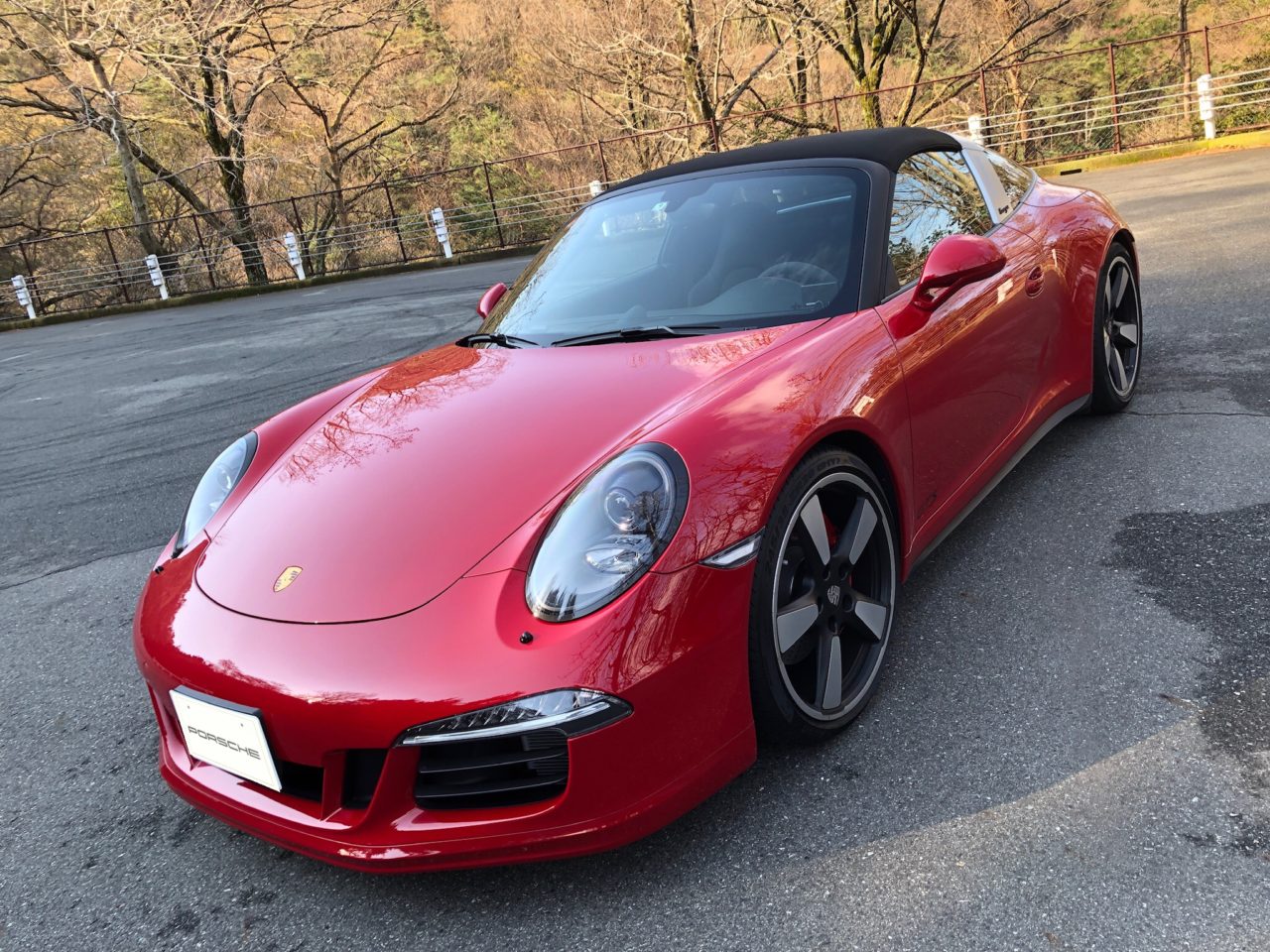
The 991.1 Targa he drove was a Targa 4 GTS dressed in Carmine Red. In terms of specs, it features a naturally aspirated flat-six 3.8L engine producing 430ps at 7500rpm, with a maximum torque of 44.9kg·m at 5750rpm.
At first start and takeoff, the initial impression was that the launch felt “heavy.” This was largely because he had just been driving the turbocharged 991.2 GTS.
This feeling was especially noticeable when accelerating from a standstill up to 30km/h and 40km/h.
However, to avoid any misunderstanding, this is purely a comparative observation. If you simply drive this Targa 4 GTS normally, there’s no doubt it’s a high-powered sports car, and few would feel dissatisfied.
In fact, after about a minute, he was completely accustomed to it and felt no discomfort at all.
Regarding the engine’s character, as expected from a naturally aspirated engine, it’s completely different from the later model. The first thing you notice is the sound. The high-pitched exhaust note is very satisfying.
Compared to the 981 Boxster Spyder, which uses the same engine, it’s not as loud, but the volume certainly lives up to the GTS name. In this era, GTS models—whether 911, Macan, Boxster, or Cayman—all have truly wonderful soundtracks.
The clear, musical tone combined with occasional afterfire pops creates an exhilarating experience.
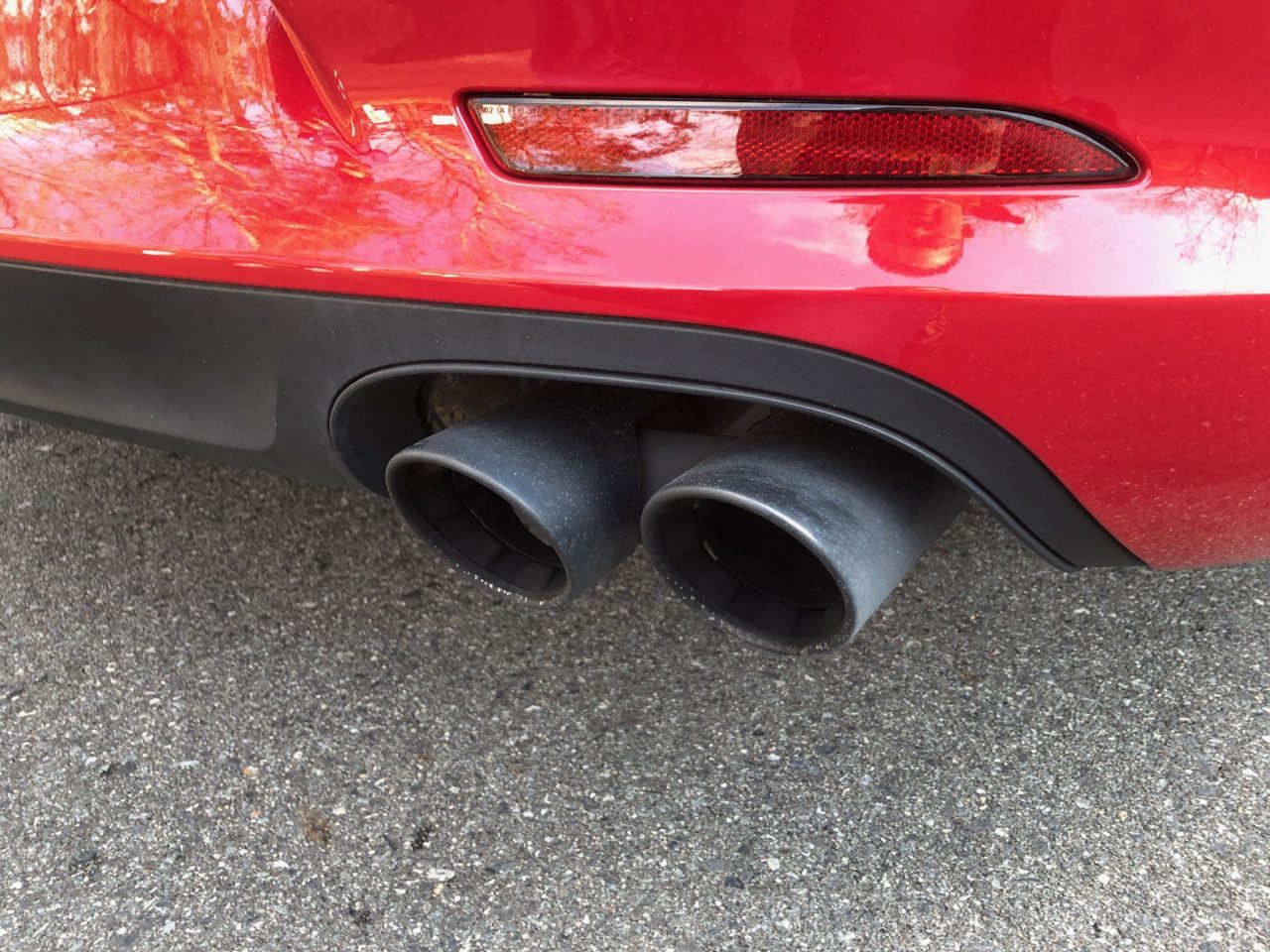
991 GTS: Early vs. Late Model Comparison
When it comes to power, the late model 991.2 clearly has the edge. The later model’s output is up by 20PS to 450PS, but the biggest difference lies in torque. It produces 56.1kg·m between 2150 and 5000rpm, with a much lower torque band, making the torque feel much stronger in everyday driving.
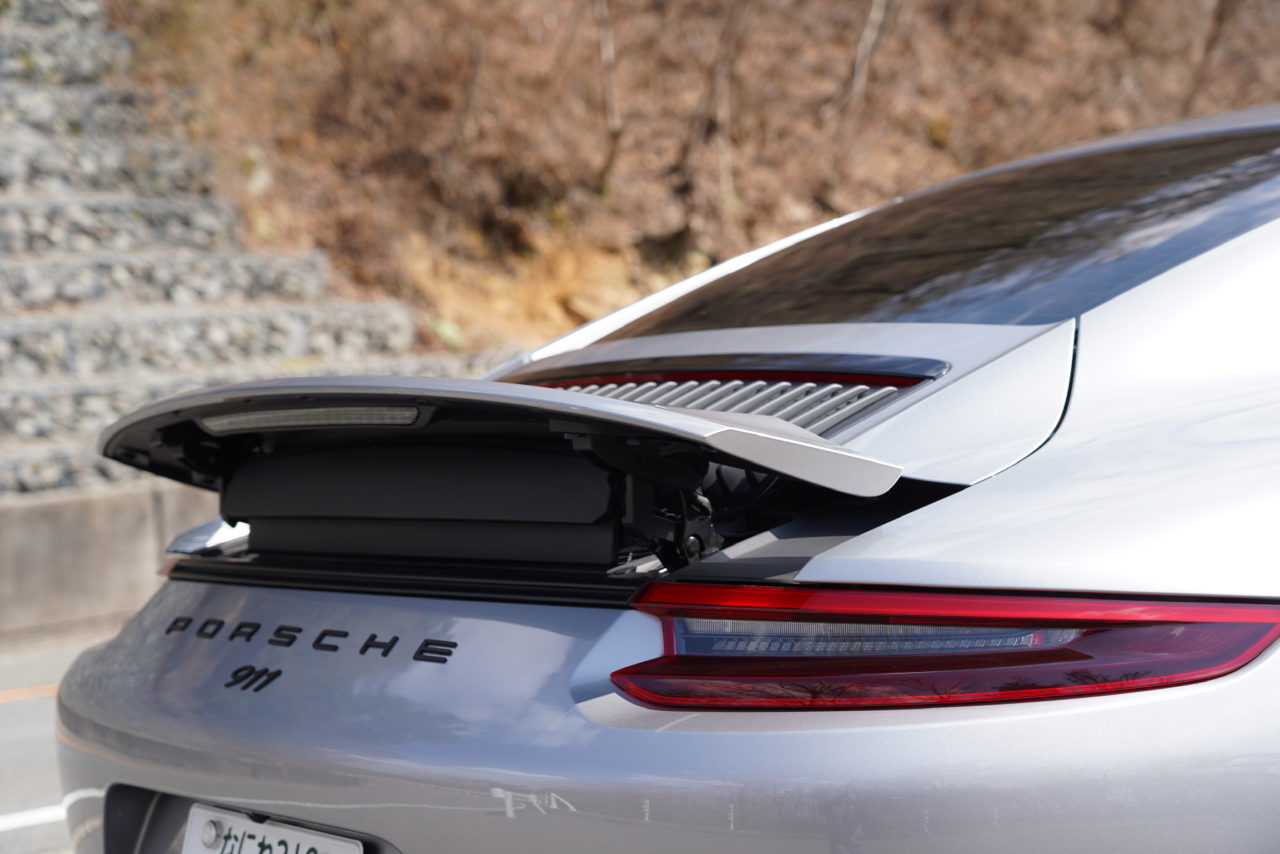
The late model delivers a strong torque punch from low speeds, while the early model pulls power more through the rev range. If you do a lot of stop-and-go city driving, the late model is probably easier to handle. On the other hand, when you rev the engine and accelerate, the early model’s power delivery and torque buildup feel more exhilarating. While the late model is likely faster on the stopwatch, the early model feels quicker to the senses when the engine is spinning higher. This is probably due to the high-pitched exhaust note and the way torque builds.
The owner mentioned that the PDK transmission shifts faster in the late model than the early, and even faster in the newest 992. During the short test drive, the difference with the 992 was clear, but the difference between early and late 991 PDK wasn’t as obvious.
As for the suspension, this Targa 4 GTS was equipped with PDCC(Porsche Dynamic Chassis Control), and its effect is truly significant. It’s a very expensive option, but if your budget allows, it’s definitely worth adding.
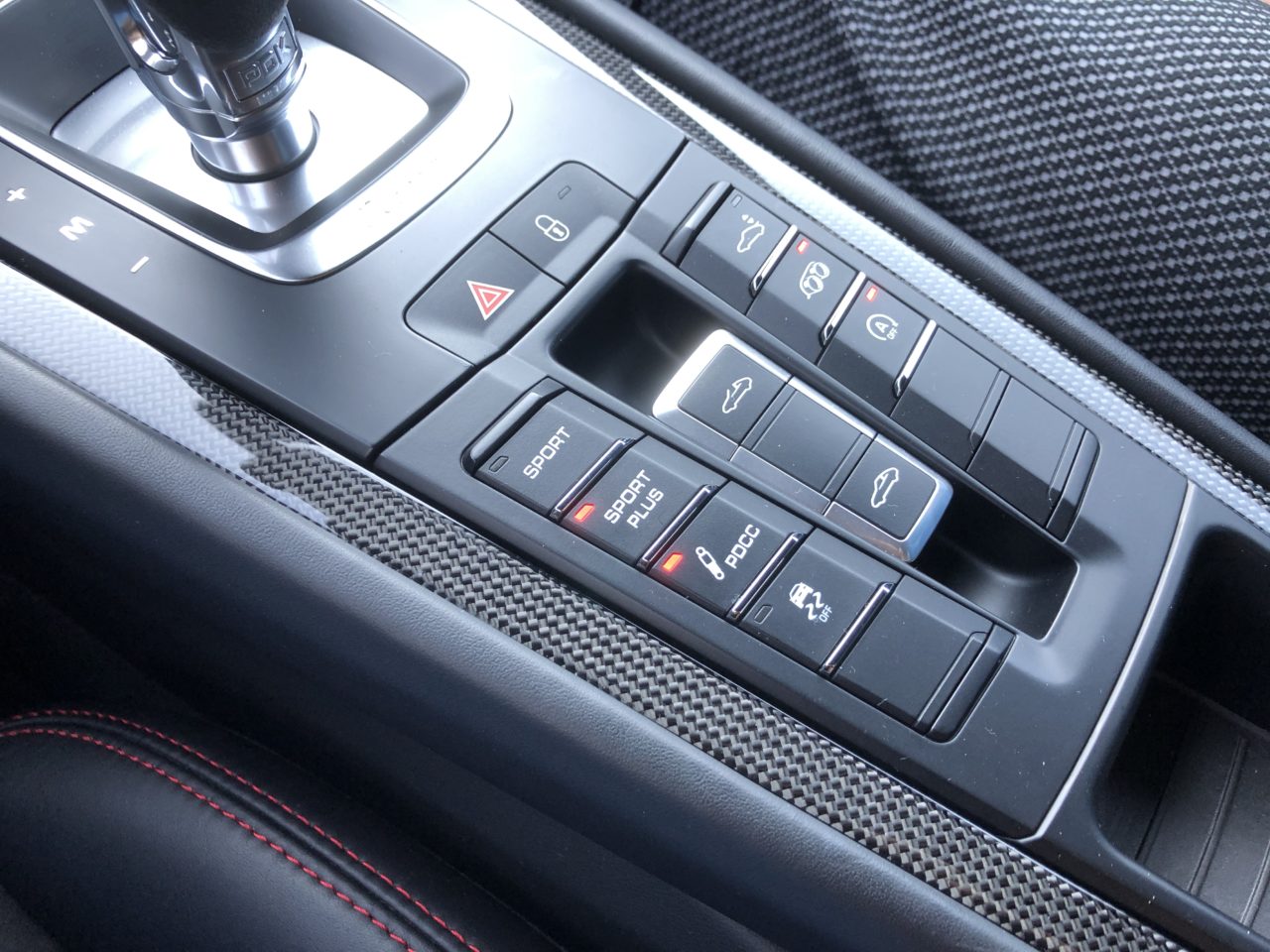
Specifically, the ride quality is excellent—very flat with minimal rocking or swaying. In corners, body roll is kept to a minimum, giving the sensation of gliding through turns with remarkable flatness.
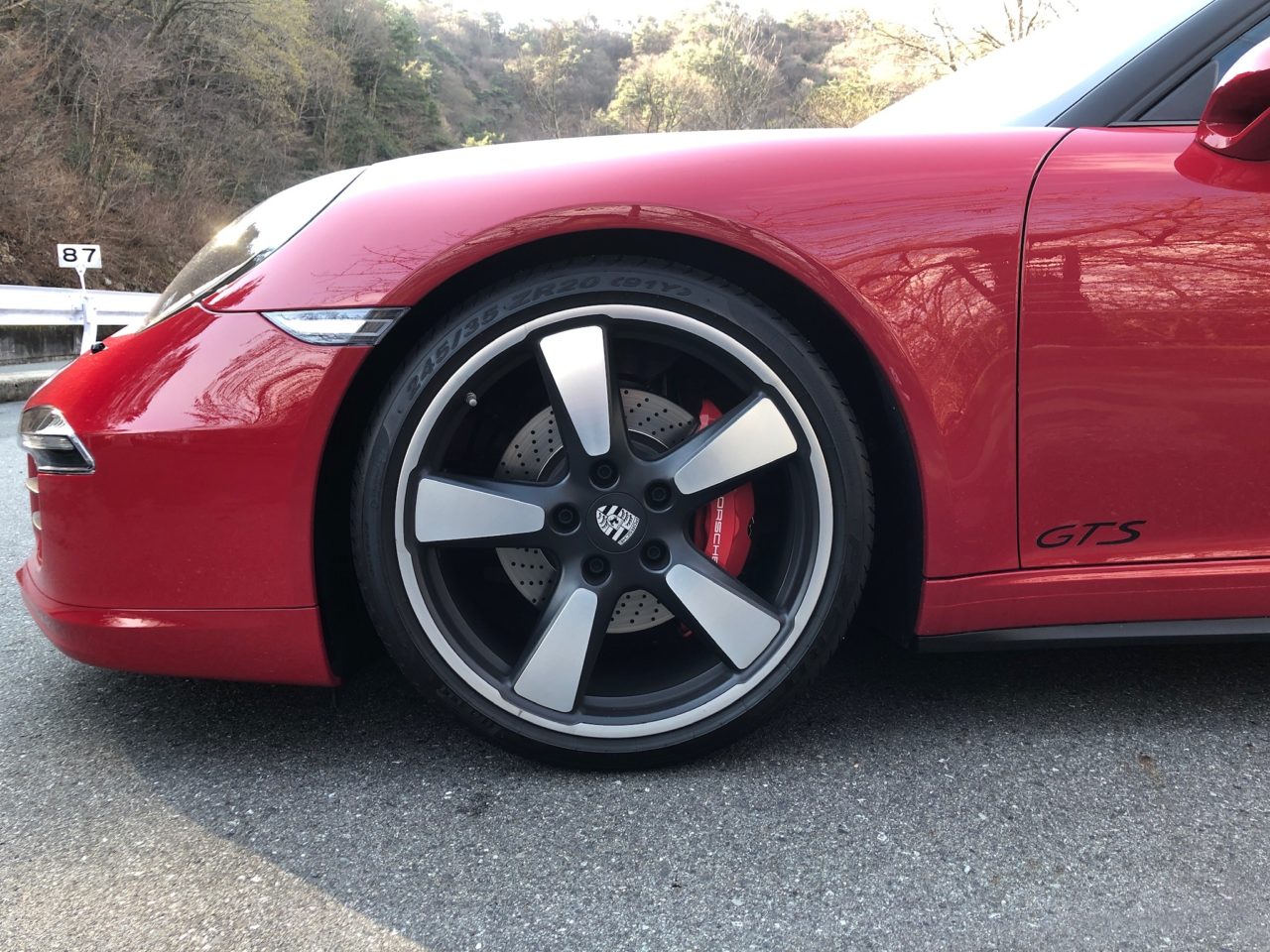
From what I recall comparing early and late 991 models, the late model’s suspension felt more precise, firm, and planted, but this Targa 4 GTS matches or even surpasses that feel. I believe the PDCC is playing a significant role here.
Also, the fact that the Targa is all-wheel drive likely contributes. It maintains a stable, composed character throughout, and even when taking tight corners at decent speeds, the four wheels grip the road firmly, making it feel completely safe.
By the way, since it’s a Targa, it’s technically a convertible. However, when the roof is closed, you wouldn’t know it. The roof is so solidly built that you almost forget it can open. Pressing on the ceiling from inside, it doesn’t have the give of a soft top but feels very sturdy.
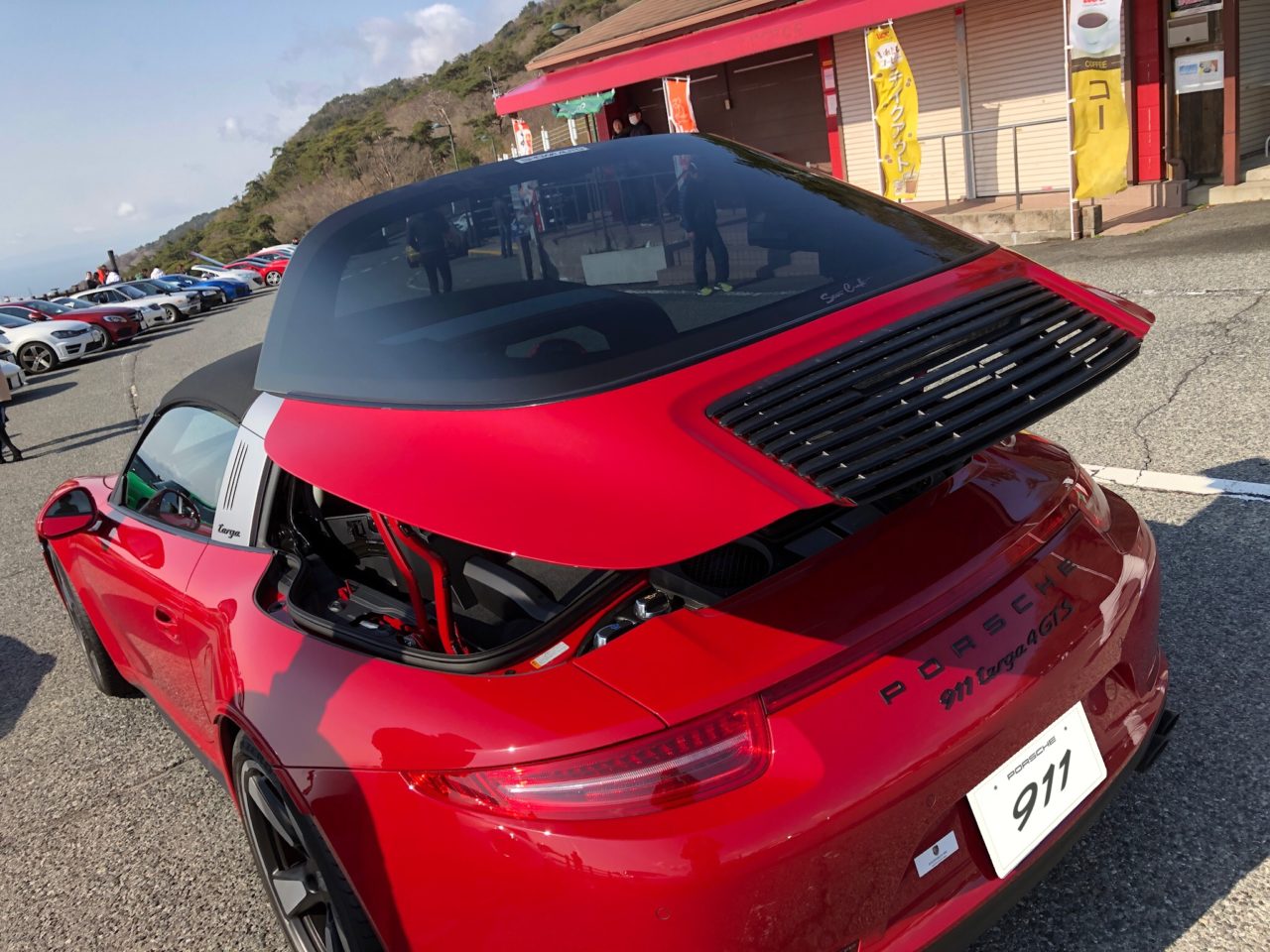
Of course, the difference in rigidity is probably undetectable to anyone but an expert. Regarding wind noise at high speeds, the owner said that wind buffeting starts to increase noticeably above about 80km/h. He also mentioned that the Targa’s rear design makes it harder for air to escape, which might be a factor.
Targa Is Rare
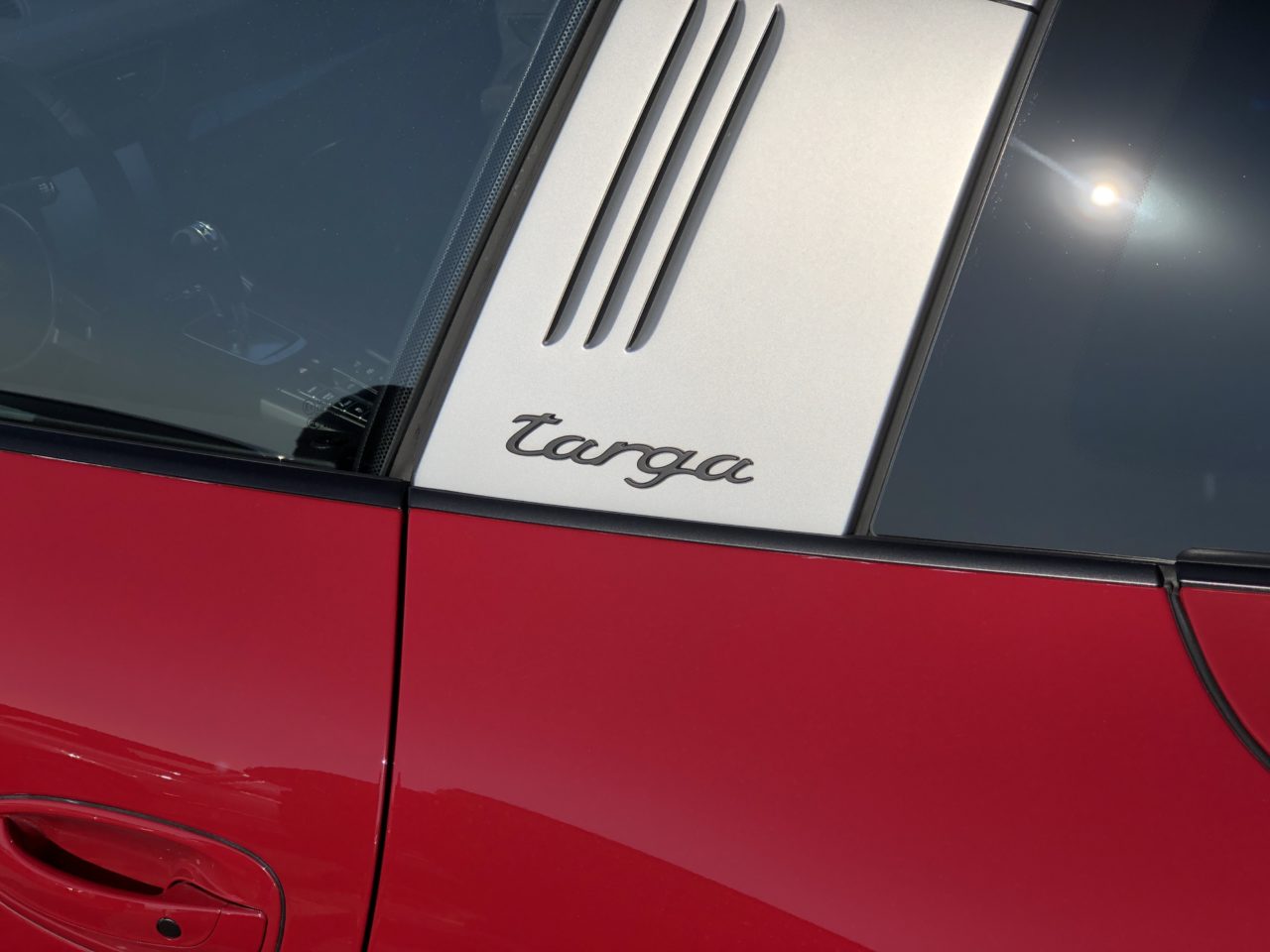
From what I’ve heard, the Targa is far rarer than the GT3 and is said to be the rarest 911 grade. This being the GTS version makes it even more exclusive. Many thanks to the owner who let us experience this rare model. Please continue to cherish it.
このブログが気に入ったらフォローしてね!


Comment ( 0 )
Trackbacks are closed.
No comments yet.